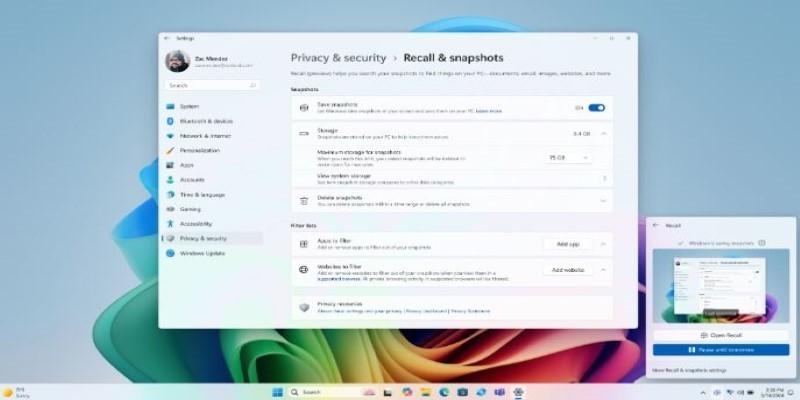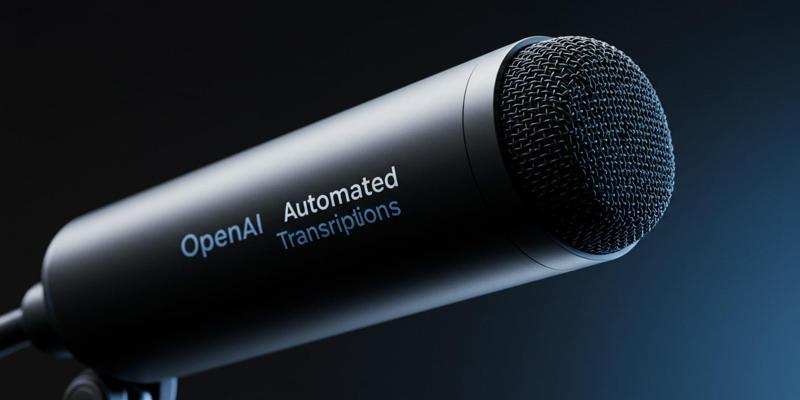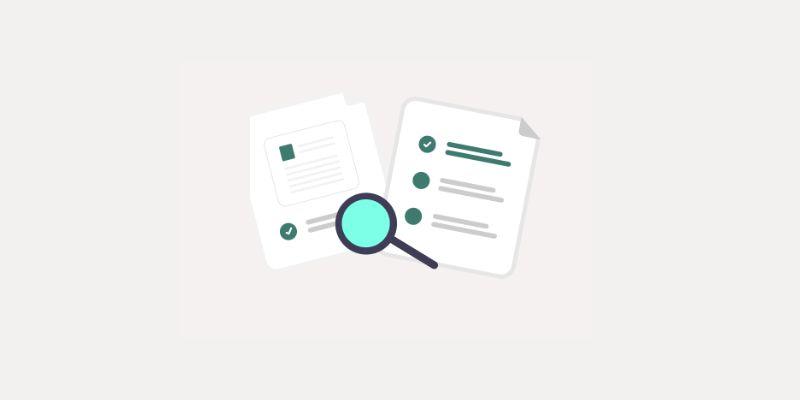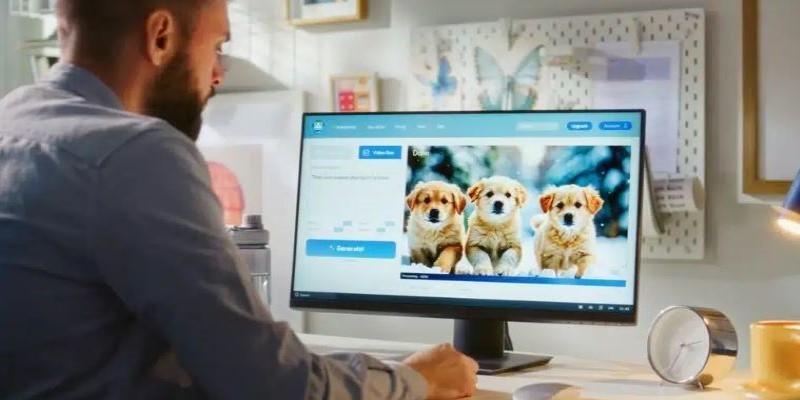Empathy interviews are a powerful research method that helps organizations and individuals understand the thoughts, feelings, and motivations of others. Unlike traditional interviews that focus on facts and processes, empathy interviews dig deeper into human experiences, uncovering often overlooked insights.
By actively listening and observing, interviewers can identify unmet needs, hidden challenges, and unique perspectives that drive innovation and decision-making. In this article, we explore how empathy interviews reveal unconventional lessons and offer practical guidance for conducting them effectively.
What Are Empathy Interviews?
Empathy interviews are qualitative conversations that help to understand people’s emotions, experiences, and perspectives. The goal is not to collect quantitative data but to uncover feelings, motivations, and unmet needs.
Empathy interviews are flexible and conversational, unlike structured surveys or conventional interviews, encouraging participants to share personal stories and challenges. This approach allows interviewers to observe behaviors and gain deep human insights that inform problem-solving, product design, or service improvements.
Why Empathy Interviews Matter?
Empathy interviews explore users’ true thoughts, feelings, and motivations that traditional research often misses. They reveal hidden needs, pain points, and emotional drivers, helping organizations create human-centered solutions. By understanding real experiences, teams can improve products, foster innovation, enhance user experience, and build stronger connections with their audience.
Key Techniques for Conducting Empathy Interviews:
Empathy interviews require specific techniques to extract meaningful insights effectively:
- Active Listening: Focus intensely on participants’ words, tone, pauses, and emotional cues to understand explicit and implicit messages, avoiding interruptions or assumptions.

- Open-Ended Questions: Ask thought-provoking “how” and “why” questions that encourage participants to share detailed experiences, stories, and reasoning behind their behaviors.
- Non-Judgmental Approach: Avoid criticism, assumptions, or leading questions to maintain a neutral and supportive environment, helping participants feel valued and safe.
- Observational Insights: Observe gestures, facial expressions, posture, and micro-reactions to detect emotions or thoughts that might not be verbally expressed.
- Iterative Learning: Continuously refine interview questions based on emerging insights from earlier sessions, uncovering new patterns, pain points, or opportunities for deeper exploration.
These techniques ensure empathy interviews are authentic, deeply insightful, and generate actionable, human-centered outcomes.
Benefits of Empathy Interviews:
Conducting empathy interviews offers significant advantages for teams, designers, and organizations:
- Discover Hidden Needs and Motivations: Discover pain points, unmet needs, and desires that participants may not reveal through surveys or structured interviews. Ask questions that encourage stories and examples. Listen carefully to notice subtle hints about what users want or struggle with.
- Inform Human-Centered Design: Shape product features, services, and solutions around user behaviors, preferences, and real-world experiences. Use insights to guide design choices, improve usability, and make solutions feel natural and helpful for users.
- Encourage Innovation and Creativity: Insights from empathy interviews often inspire unconventional ideas and novel approaches to problem-solving. New perspectives can lead to unique features, better services, and creative ways to meet user needs.
- Strengthen Relationships and Trust: Building rapport with participants leads to more open, honest, and nuanced responses. Being respectful, attentive, and engaged helps participants feel valued and comfortable sharing honest opinions.
- Enhance Decision-Making and Strategy: Provide qualitative evidence that complements quantitative data. Use user insights to guide decisions, improve marketing strategies, and make operational choices that better match user needs.
Empathy interviews provide a clear and actionable understanding of human behavior, guiding more innovative, user-focused, and meaningful solutions.
Common Mistakes to Avoid in Empathy Interviews:
Awareness of common pitfalls can help you conduct more effective and insightful interviews.
- Asking Leading or Closed Questions: Asking yes/no or suggestive questions can restrict participants’ responses, preventing them from sharing honest, detailed experiences and insights. Open-ended, neutral questions work best to uncover authentic perspectives.
- Interrupting or Rushing Participants: Cutting participants off or moving too quickly through the interview can stop them from expressing their full thoughts, feelings, and experiences. Allowing time for reflection encourages richer, deeper responses.
- Overlooking Non-Verbal Cues: Not noticing gestures, facial expressions, posture, or tone of voice can result in missing necessary emotional or behavioral signals that reveal hidden needs or motivations.
- Lack of Preparation: Entering an interview without well-thought-out questions, prompts, or scenarios can lead to vague, unclear, or irrelevant responses, limiting the overall usefulness of the insights gathered.
Best Practices for Empathy Interviews:
To maximize the effectiveness of empathy interviews, follow these best practices:
- Prepare Thoughtful Questions:
Design questions that encourage storytelling and uncover underlying motivations. Focus on open-ended prompts that allow participants to share experiences in their own words. Include “how” and “why” questions to explore reasoning, feelings, and personal perspectives. Use hypothetical scenarios or reflective prompts to reveal deeper insights.
- Create a Comfortable Environment:
Ensure participants feel safe, valued, and free to share openly. Arrange a quiet, welcoming setting and establish rapport from the beginning. Use warm body language, active listening, and empathetic responses to build trust. Offer reassurance about confidentiality and emphasize that there are no right or wrong answers.

- Record and Document Insights:
Take detailed notes or recordings to capture emotions, expressions, and key observations. With participant consent, use audio or video recordings to preserve tone, pauses, and non-verbal cues that provide context. To capture subtleties, Annotate notes with body language, gestures, and immediate reflections.
- Reflect and Analyze:
Review interview notes soon after the session to identify patterns, themes, and actionable insights. According to research, design thinking should be applied iteratively to improve solutions. Use collaborative workshops, prototyping, and ongoing stakeholder engagement to develop effective, human-centered solutions, such as automated leave management systems.
- Follow Up Respectfully:
Clarify or expand on responses if needed. Maintain rapport by being courteous, attentive, and professional. Show genuine interest in participants’ input and foster a positive, collaborative interaction throughout the conversation.
Implementing these best practices ensures your empathy interviews yield deep, authentic, and actionable insights.
Conclusion
Empathy interviews are a transformative method for uncovering unconventional lessons, offering deep insights into human behaviors, emotions, and motivations. Interviewers can use active listening, open-ended questions, and non-judgmental approaches to gain authentic, actionable information. This strategy drives innovation and human-centered decision-making.
Best practices such as preparation, documentation, reflection, and respectful follow-ups ensure successful outcomes. Start conducting empathy interviews today to discover unique perspectives and apply lessons that traditional research methods often overlook in 2025.











